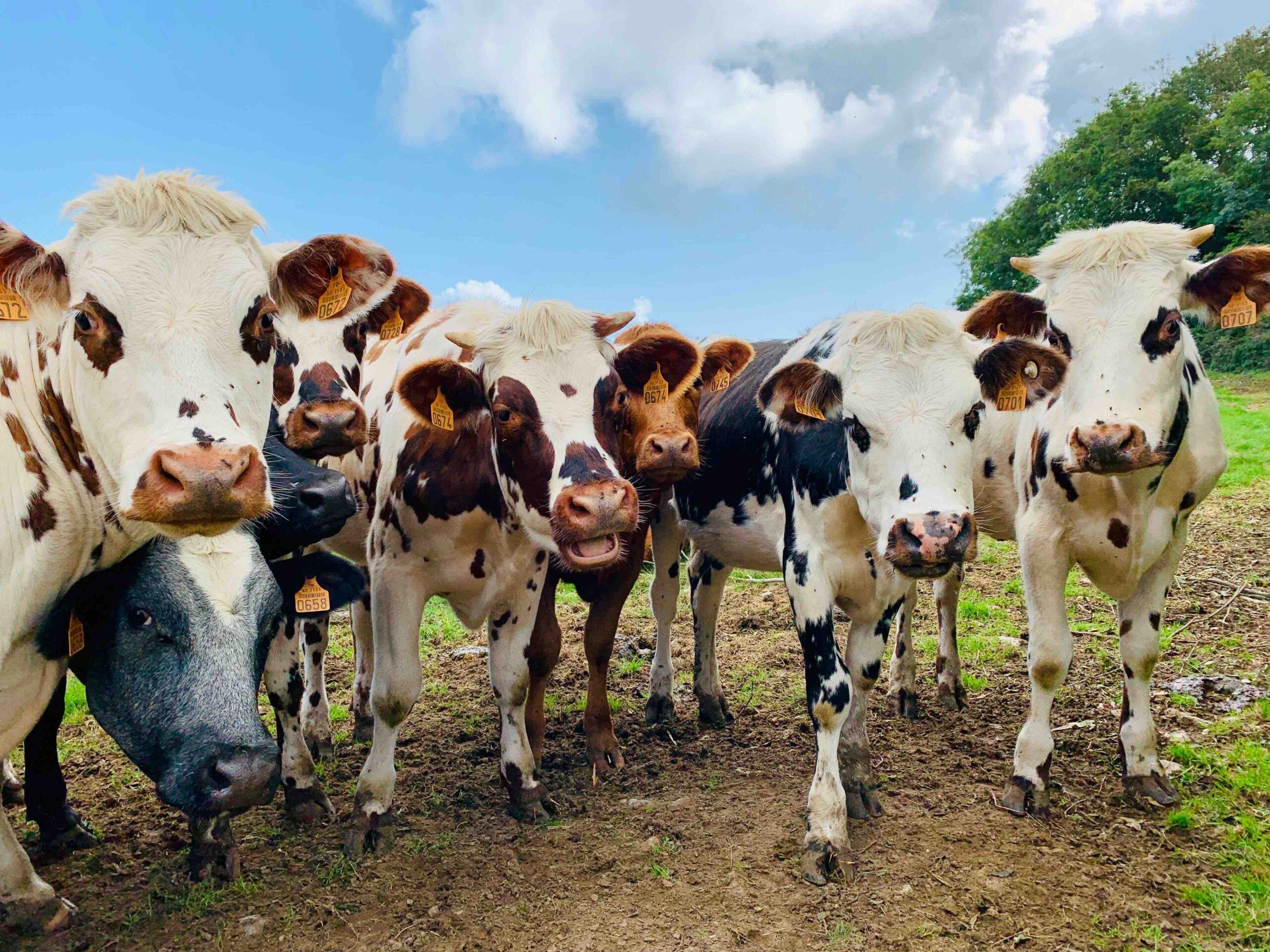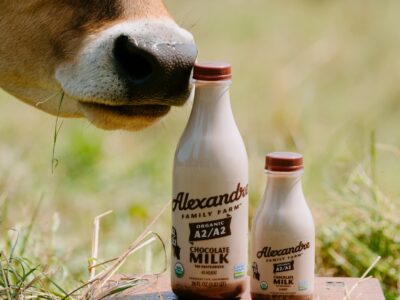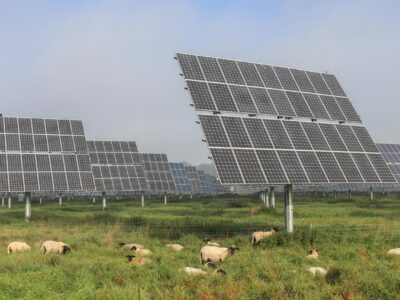(Bloomberg) —
James Parsons had to check each day that his Angus steers hadn’t broken through a fence to forage along the stream running through his New Zealand property. Now an app on his phone tells him instead.
Parsons fitted electronic GPS collars to more than 250 of his cattle in November, enabling him to monitor them remotely and control where they graze — thwarting access to the clover-lined creek, where the livestock can pollute the waterway and erode its delicate banks.
The smart devices and software were developed by Halter, an Auckland-based startup that adapted for bovines the wearable technology fueling a booming market in human health. The gadgets promise to improve grazing efficiency and reduce environmental harm in a country where dairy and beef cows outnumber people.
“This is the future of farming — being more precise with the way we use our resources to make sure we extract maximum benefit while causing the least impact to the environment,” said Parsons, who runs a 600-hectare (1,400-acre) farm at Whangarei, about 130 kilometers (80 miles) north of Auckland.
The device, worn around an animal’s neck like a cow bell, tracks movement and collects basic health data, including fertility.
Beeping sounds are progressively activated as a deterrent when an animal approaches an invisible boundary pre-set via the app. Low-grade electric pulses augment the signaling, which can be used to herd cattle and indicate when dairy cows need to head back to the milking shed.
Autonomous Control
Autonomous animal control and virtual fencing may be a burgeoning business.
Merck & Co. bought San Diego, California-based Vence Corp. in September 2022, adding the technology for rotational grazing and livestock management to its animal health division. And Nofence AS, a Norwegian rival, has been expanding in Europe and the UK.
Halter entered some Australian states last year, and is scoping potential markets such as Canada, the US, and South America, said Craig Piggott, the company’s 29-year founder and chief executive officer, in an interview.
Upfront costs and the possibility of technical glitches could put off some ranchers from embracing the technology, said Travis Mulliniks, professor of beef cattle management at Oregon State University. Still, he sees growing demand in the next five to 10 years, including appeal among sheep, bison and goat owners.
“There’s a potential for a really high adoption rate if the price point is affordable,” Mulliniks said, adding that he expects competition among service providers will eventually lower costs.
Parsons said he pays NZ$96 ($59) per animal to lease the Halter collars for a year, which includes use of the operating software. Costs vary, depending on herd size and other factors, the company said.
Test Market
New Zealand, the world’s top dairy exporting nation and one of the biggest beef suppliers, may be an ideal test market.
The national cattle herd has increased 28% over the past 40 years. While the expansion helped earn NZ$28 billion in beef and dairy exports in the year through November, the production of methane gas and nitrogen-rich cow manure has ballooned, stoking environmental concerns in a country where a clean, green “pure” image underpins tourism.
Read more: Middle-Earth Desert Becomes Battlefield Again in Water Row
At the same time, cows in New Zealand are almost exclusively pasture-fed outdoors. That makes them less suitable for methane-busting feed additives that show promise in lowering the greenhouse gas-emitting belches of lot-fed animals. Cattle-derived methane makes up some 43% of the country’s total emissions.
New Zealand aims to cut emissions to 10% below 2017 levels by 2030, and imposes hefty penalties on farmers whose animals wander into waterways and pollute water supplies. A dozen farms were ordered to pay fines totaling NZ$531,750 in the year ended June 30, local media reported.
More Sustainable
Virtual fencing can help, according to Piggott, who created venture-capital backed Halter in 2016.
The technology enables farmers to manage grazing more precisely, ensuring pasture doesn’t get too low, which slows regrowth, or too high, which can cause grasses to go to seed, Piggott said. Pasture and soil quality also benefit.
“The goal was to make pasture farming more sustainable and productive using technology,” he said.
The device can improve animal welfare by sending an alert when an animal’s lack of movement signals illness, as well as lower the cost of installing and maintaining physical fences, Piggott said.
© 2024 Bloomberg L.P.





